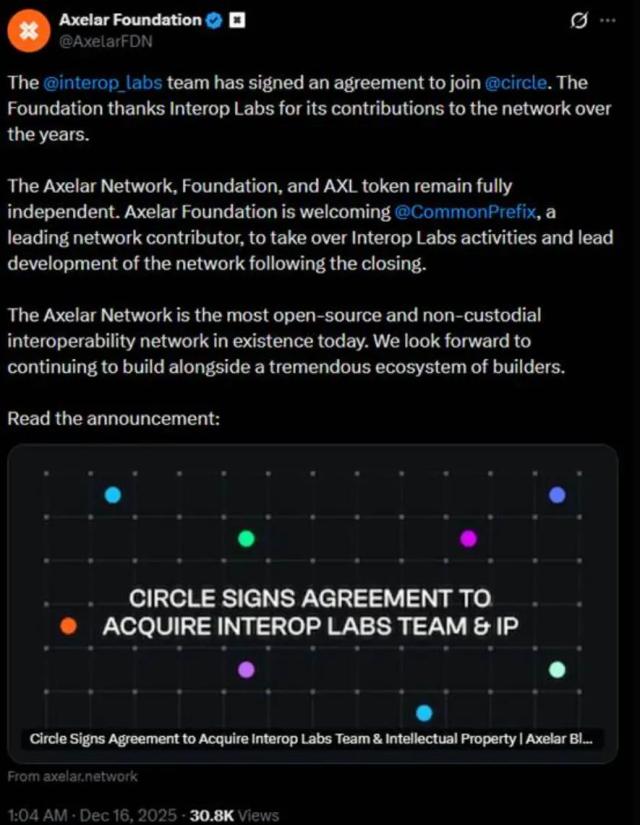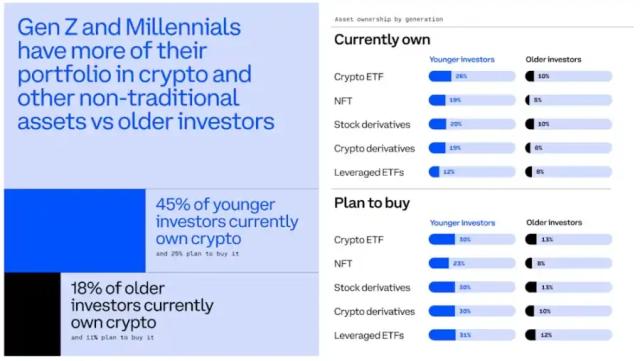As soon as spring arrives in 25 years, the spring of Real World Assets (RWA) has come, and it will probably run into summer in just a few weeks. Looking back at the RWA evangelism in 23/24, it was often criticized for 2.5 and institutional markets. However, recently the wind has changed, and prominent KOLs and various associations and alliances have begun to cluster around RWA like bamboo shoots after rain, creating a heated atmosphere that will soon be summer.
Spring is actually short, while summer has unpredictable thunderstorm weather. Among those currently enthusiastic about RWA, there are many who are merely posing as supporters, collecting plans and projects to make some money, but without the patience and energy to truly learn and practice RWA.
Latest Developments in New Energy RWA
On March 18, five departments, including the National Development and Reform Commission, National Energy Administration, and Ministry of Industry and Information Technology, jointly issued the "Opinion on Promoting High-Quality Development of Renewable Energy Green Electricity Certificate Market" (hereinafter referred to as the "Opinion"), which for the first time clearly proposed mandatory green electricity consumption requirements for certain industries.
(V) Clarify green certificate mandatory consumption requirements. Steadily promote mandatory green certificate consumption, gradually increase the proportion of green electricity consumption and use green certificates for accounting. Accelerate the improvement of green electricity consumption proportion for enterprises in industries such as steel, non-ferrous metals, building materials, petrochemicals, chemicals, data centers, and other key energy-consuming units and industries. By 2030, the proportion should principally not be lower than the average renewable energy electricity consumption responsibility weight nationwide. For newly built national hub node data centers, the green electricity consumption proportion will be further improved on the basis of 80%. In eligible regions, a batch of green electricity factories and parks with high-proportion green electricity consumption will be cultivated, encouraging 100% green electricity consumption. Green electricity consumption information will be incorporated into the environmental, social, and corporate governance (ESG) reporting system for listed companies.
Among them, green computing power directly connected to green electricity, with data centers consuming no less than 80% green electricity, precisely matches the viewpoints from last year's two articles on green electricity computing power: green electricity computing power assets have now become policy. Besides direct connection of green electricity computing power, there are also green certificate trading markets and green electricity computing power consumption, and the content of the article is being implemented step by step, except for the overseas part. Therefore, the core of RWA is not finding a customer to issue a bond, but to be able to deeply integrate into industry, transaction structure, and future trends to design a truly effective RWA project framework.
Meanwhile, the third case of Hong Kong's new energy RWA has emerged, with Ant Digital's RWA coming out one after another like dumplings. This time, although still on the new energy theme, it is no longer from a listed company's main body, and the asset is a battery swap cabinet for two-wheeled electric vehicles. The financing amount is getting smaller, only several million Hong Kong dollars. Interestingly, a tree diagram public chain and an ecological enterprise have entered, making things suddenly complex.
RWA is not just about issuing a bond and leaving it there, just like some enterprises originally planned to issue billions in assets in a rolling manner, but without a secondary market and liquidity, they can only be shelved. RWA assets need liquidity and should be designed from a project perspective, considering industrial ecology and industrial chain value space, and carefully planning linkage between primary, secondary, and even tertiary markets.
Can RWA Be Issued?
From last year's second half to early this year, more and more enterprises and people have been asking if they can issue RWA. Most have been discouraged - if they are not listed companies without asset scale and funding scale, they are not recommended to consider Hong Kong RWA issuance. Of course, some high-quality small and medium-sized enterprise projects or assets can issue offshore RWA. However, we don't just want to take money and do projects, but hope to find truly committed individuals who we can deeply train and guide to promote the reasonable and orderly development of the RWA market, rather than having it confused by some investment elements practicing sales and marketing.
Some early project teams were very dedicated, such as printing out my RWA articles from the past two years for internal team circulation. Those twenty-plus articles covering tens of thousands of words include perspectives on different RWA aspects, but most people lack the patience to read the articles and are accustomed to asking very basic and novice questions. Some impatient individuals even directly add WeChat, call me "brother", and ask about our RWA plan, only to find that the content is from my articles one or two years ago or frameworks from last year's roadshow, sometimes without even making changes.
Our roadshow last year went from Shanghai to Suzhou, then Hangzhou and Shenzhen, and then Singapore. This year, while outside is bustling with various RWA initiatives, we are focusing on our work. Last year's roadshow released our 6 RWA frameworks: product, ecology, track, industry, global cross-domain, and future new finance. Some frameworks have appeared multiple times in different RWA service agency proposals. Regardless of whether they can explain them thoroughly, at least they have promoted the RWA market, similar to how my 2018 book "Token Economic Design Pattern" was used as a guidebook for ICO project economic models - perhaps this is also a way of promoting the market.
Serious Nonsense
With the traditional RWA arrival, various information asymmetries have emerged, and increasingly more KOLs and internet celebrities from different tracks have rushed into the RWA field. In the early stage, anything goes, so you can see many serious nonsense statements, including some half-understood explanations that sound professional but are critically wrong in practical aspects, which is most harmful.
In our previous liquidity and industrial RWA upgrade articles, we discussed Hong Kong's primary market, overseas secondary market, on-chain liquidity, bond pledge conversion, and RWA's four industrial stages. Recently, many KOLs and proposals have started various content, but a viable approach is that everyone's understanding of the secondary market is quite narrow and inconsistent - some understand it as a trading platform, while others even transform previous NFT digital collection e-commerce platforms and call them secondary markets.
Incidentally, recently many NFT/digital collections are reviving under the RWA concept. Using NFT for RWA asset tokenization can be good if used properly - even in RWA projects, it can be combined with physical asset positions or minting NFTs for redemption and write-off. However, using previous NFT digital collection e-commerce models for RWA and calling it a secondary market and speculation is ridiculous.
Lastly, let's mention Hainan and Shanghai. Especially Hainan, where many recently claim that after closure, they will open RWA trading platforms, allow virtual asset trading, etc. During our previous communications with the Hainan provincial government about establishing REITs trading sections and participating in Hainan Life and Hainan Commercial Aerospace financing, we were closely connected with provincial government and financial bureaus and are familiar with Hainan's legislation, regulatory compliance, and offshore finance.
Regarding trading platform compliance, Hainan cannot breakthrough three red lines. Hainan's offshore finance core is "Hainan + Hong Kong/Macau + Overseas" as a supporting role for Hong Kong and Macau, and cannot directly breakthrough in Hainan. Hainan's advantages are mainly in outbound VIE structures, inbound QFLP channels, and overseas information access without VPN - these are the core advantages of establishing RWA issuance and operation bases in Hainan. The Shanghai Free Trade Zone, as the mainland's only international financial center, is similar.
#ARAW Always RWA Always Win!
In 2025, the RWA market will quickly find its position in wild growth. WeChat cannot answer all questions. After the core disciple class, there will be partner classes and listed company research camps. Those with needs and questions can bring them to the classroom for serious learning, interactive discussions, and sandbox simulations. Welcome to friends who want to understand RWA and are looking to launch RWA projects. Reply "course" or "registration" in the official account to join the course preparation group, or add WeChat YekaiMeta to enter the RWA course discussion group.
Welcome to join the BlockBeats official community:
Telegram Subscription Group: https://t.me/theblockbeats
Telegram Communication Group: https://t.me/BlockBeats_App
Official Twitter Account: https://twitter.com/BlockBeatsAsia








